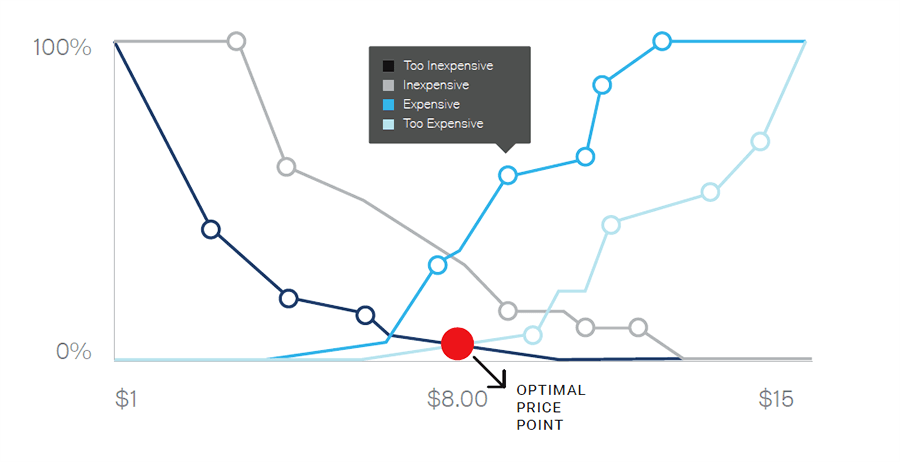In today’s data-driven business landscape, product analytics systems have become essential tools for companies seeking valuable insights into their products’ performance, customer behavior, and market trends. Product analytics systems enable businesses to understand how their products perform in the market, identify improvement areas, and make data-driven decisions to drive growth and profitability. By analyzing various metrics and data points, businesses can optimize product offerings, enhance customer satisfaction, and gain a competitive edge.
Key Features of Product Analytics Systems
Comprehensive Data Collection and Integration
Product analytics systems should efficiently collect and integrate data from multiple sources such as sales transactions, customer interactions, website analytics, and market research. This ensures a holistic view of product performance.
Performance Metrics and Key Performance Indicators (KPIs)
These systems provide a wide range of performance metrics and KPIs to measure product success. Examples include sales revenue, conversion rates, customer acquisition costs, customer lifetime value, and product return rates.
Customer Behavior Analysis
Product analytics systems help businesses understand customer behavior patterns, preferences, and purchasing habits. This includes analyzing customer demographics, engagement metrics, browsing patterns, and purchase history to optimize product offerings.
Market and Competitive Intelligence
These systems offer insights into market trends, competitor analysis, and industry benchmarks. Businesses can track market dynamics, monitor competitor pricing and promotions, and identify market gaps or opportunities.
Advanced Reporting and Visualization
Product analytics systems offer robust reporting capabilities, including customizable dashboards, visualizations, and data visualizations. This allows businesses to interpret data easily, identify trends, and share insights across teams.
Maximizing Price Optimization: Harnessing the Power of Product Analytics Systems
Product analytics systems play a pivotal role in maximizing price optimization for businesses. While there are numerous reputable product analytics service providers available, businesses can leverage advanced solutions to unlock actionable insights without appearing promotional. Let’s delve deeper into the top features and benefits that these systems offer.
Competitive Price Monitoring: Staying Ahead of the Game
One of the primary features of product analytics systems is competitive price monitoring. Businesses can track competitor pricing strategies in real-time and gain valuable insights into market trends. By monitoring competitor prices, companies can adjust their own pricing strategies accordingly, ensuring they remain competitive and attractive to customers.
Demand Analysis: Understanding Customer Preferences
Product analytics systems enable businesses to perform comprehensive demand analysis. By analyzing customer preferences, purchasing behavior, and market trends, companies can identify which products are in high demand and adjust their pricing strategies accordingly. This data-driven approach ensures that businesses can meet customer expectations while maximizing profitability.
Price Elasticity Assessment: Finding the Optimal Price Point
Price elasticity analysis is another key feature offered by product analytics systems. It allows businesses to determine the sensitivity of customer demand to price changes. By evaluating price elasticity, companies can identify the optimal price point that maximizes revenue and customer satisfaction. Product analytics systems provide the necessary tools to perform accurate price elasticity assessments and make informed pricing decisions.
Assortment Planning: Optimizing Product Offerings
Effective assortment planning is crucial for retail success. Product analytics systems offer businesses the ability to analyze the performance of their product assortment. By evaluating sales data, customer preferences, and market trends, companies can optimize their product offerings. This includes identifying underperforming products that may require price adjustments or even discontinuation. Through data-driven assortment planning, businesses can enhance customer satisfaction and drive sales growth.
Promotional Strategy Evaluation: Enhancing Campaign Effectiveness
Product analytics systems provide valuable insights into the effectiveness of promotional campaigns. By analyzing the impact of promotions on sales volumes and customer behavior, businesses can optimize their promotional strategies. This includes determining the ideal discount levels, evaluating the success of different promotional channels, and understanding the ROI of promotional activities. With these insights, companies can allocate resources effectively and maximize the impact of their promotional efforts.
Competitor Benchmarking: Gaining a Competitive Edge
Competitor benchmarking is an integral part of product analytics systems. Businesses can compare their pricing strategies, product offerings, and overall performance against their competitors. This benchmarking process allows companies to identify areas for improvement, capitalize on their strengths, and gain a competitive edge in the market. By leveraging competitor benchmarking tools, businesses can make informed pricing decisions and position themselves strategically in the marketplace.
Dynamic Pricing: Reacting to Market Changes
Product analytics systems provide businesses with the ability to implement dynamic pricing strategies. By monitoring market dynamics, customer demand, and competitor behavior in real-time, companies can adjust their prices dynamically to maximize revenue and profitability. This dynamic pricing approach allows businesses to respond swiftly to market changes and capitalize on pricing opportunities as they arise.
Conclusion
Product analytics systems play a vital role in helping businesses make informed decisions, optimize product offerings, and drive growth. By leveraging key features such as comprehensive data collection, performance metrics, customer behavior analysis, market intelligence, and advanced reporting, businesses can uncover actionable insights to stay ahead in the market.









